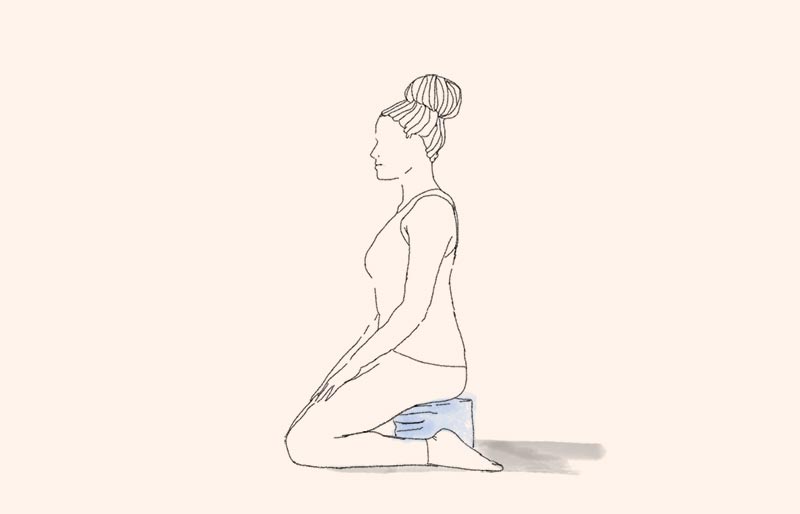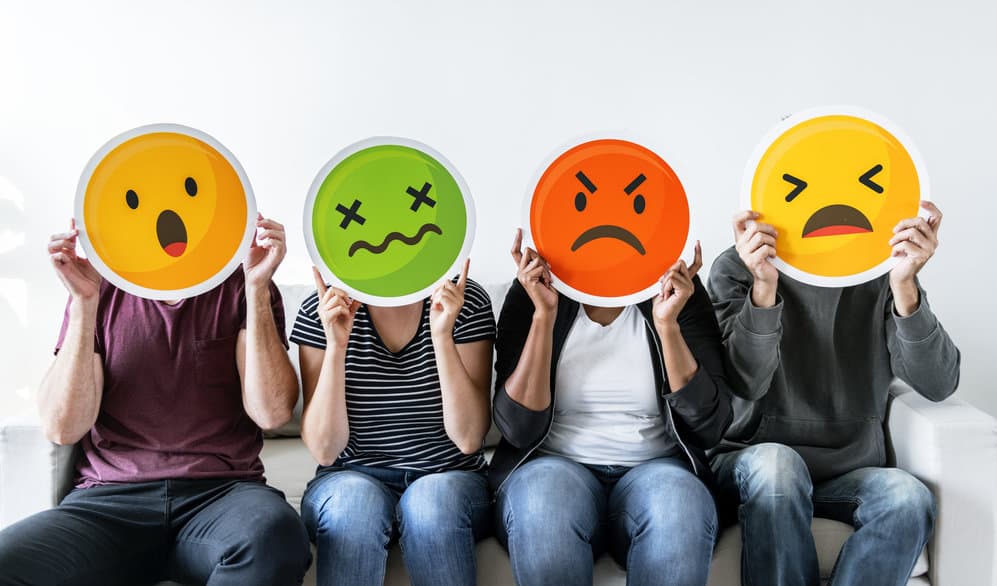
It can be difficult to find time to meditate if you are a beginner. Spotify provides a guided mindfulness playlist that will help you get started. These playlists have been created by people who are in your shoes and they are completely free. Listen to their favorites and decide if these songs are right for you. It can help with meditation integration.
Headspace, for instance, offers a more holistic approach to mindfulness, with guided meditation for anxiety and stress relief. You can also find guided meditations for sleep on Spotify, such as the "Drift and Dream” playlist. This playlist will help anyone, beginner or expert, get to sleep quickly. You can also use the YouTube channel to find guided meditations by Deepak Chopra if you don't want to meditate.

The Spotify platform plans to grow into all audio formats, but meditation is a rapidly growing market. The service's latest partnership with Calm (the creators of Headspace meditation app) is an excellent example of how well it is selling. The startup was recently valued by $1bn and raised $88 million in funding. The startup has been also supported financially by The New York Times and Creative Artists Agency. The company claims to have more than one million subscribers and generates $150 million per year.
The 528 Hz Healing Meditation playlist aims to heal your body through the sound of beautiful healing music. Jason Stephenson discovered guided mediation in his 30s when he was struggling with depression and anxiety. His experience led him to create "Meditation Sleep Music," a YouTube channel. His channel has more that one million subscribers and 250 million viewers. It's an easy and accessible way to make meditation easier.
If you're just beginning to meditate, you can join a class that is taught by a professional. This option is available in several classes for a small charge. Mary Meckley, a renowned meditation teacher, hosts the daily meditation podcast. The podcast lasts for eight minutes. This podcast has a variety different types of meditation. If you're looking for something more relaxing and short, you can download the daily podcast of the Daily Mood.

The podcasts you find on Spotify are often based on different techniques and media. It is possible to follow the instructions of a meditation podcast but may find the audio lullaby too distracting. You can relax and concentrate with the soothing music. A guide will show you how to meditate in a way that suits you. For beginners, you can watch the first episode to determine if it is the right one.
FAQ
What does it take to make an antibiotic work?
Antibiotics are drugs which destroy harmful bacteria. To treat bacterial infections, antibiotics are used. There are many different types of antibiotics. Some are administered topically, while others can be taken orally.
People who have been exposed may be prescribed antibiotics. For example, if someone has had chicken pox, he or she might take an oral antibiotic to prevent shingles later on. Or, if someone has had strep throat, he or she might receive an injection of penicillin to help prevent pneumonia.
If antibiotics are to be administered to children, they must be prescribed by a doctor. Children are more susceptible to side effects from antibiotics than adults.
Diarrhea, the most common side-effect of antibiotics, is probably diarrhea. Other side effects that could occur include nausea, vomiting and dizziness. These symptoms usually go away after treatment ends.
What's the best diet?
The best diet for you depends on several factors, like your age, gender, weight, health conditions, and lifestyle habits. You should also consider how much energy your exercise consumes, whether you like low-calorie or high-calorie foods, and what you enjoy in terms of eating fruits and veggies.
Intermittent fasting may be a good choice if you want to lose weight. Intermittent fasting is a way to eat only certain meals during the day instead of three large meals. This method may work better than traditional diets which include daily calorie counts.
Research suggests that intermittent fasting may increase insulin sensitivity and lower inflammation. This can result in a reduction in blood sugar levels and a reduced risk of developing diabetes. Research suggests that intermittent fasting can promote fat loss and improve overall body composition.
What's the difference of a calorie versus a Kilocalorie?
Calories measure the energy content of food. The unit of measurement is called a calorie. One calorie is equal to one degree Celsius in energy.
Kilocalories are another way to describe calories. Kilocalories equal one thousandth of a calorie. 1000 calories, for example, equals one kilocalorie.
Here are five ways to lead a healthy lifestyle.
A healthy lifestyle means eating right, being active, getting enough sleep, managing your stress levels, and having fun. Good eating habits include avoiding processed foods, sugar, unhealthy fats, and avoiding junk food. Exercise strengthens your muscles and helps you lose calories. Sleeping well improves concentration and memory. Stress management helps reduce anxiety and depression. Fun keeps us happy and healthy.
Exercise: Good or Bad for Immunity?
Exercise is good to your immune system. When you exercise, your body produces white blood cells which fight off infections. Your body also removes toxins. Exercise can prevent diseases such as cancer and heart disease. It reduces stress.
However, exercising too much can weaken your immune system. You can cause muscle soreness by working out too hard. This can cause inflammation as well as swelling. To fight infection, your body will produce more antibodies. This can lead to allergic reactions and other autoimmune disorders.
So, don't overdo it!
Statistics
- The Dietary Guidelines for Americans recommend keeping added sugar intake below 10% of your daily calorie intake, while the World Health Organization recommends slashing added sugars to 5% or less of your daily calories for optimal health (59Trusted (healthline.com)
- This article received 11 testimonials and 86% of readers who voted found it helpful, earning it our reader-approved status. (wikihow.com)
- According to the 2020 Dietary Guidelines for Americans, a balanced diet high in fruits and vegetables, lean protein, low-fat dairy and whole grains is needed for optimal energy. (mayoclinichealthsystem.org)
- WHO recommends consuming less than 5% of total energy intake for additional health benefits. (who.int)
External Links
How To
What does the term "vitamins" mean?
Vitamins are organic compounds found naturally in food. Vitamins are essential for our bodies to absorb nutrients from the foods we eat. Vitamins cannot be produced by the body. They must be acquired from food.
There are two types of vitamins: water soluble and fat soluble. Water-soluble vitamins dissolve in water easily. You can find vitamin C,B1 or thiamine, B2 or riboflavin and B3 or niacin, B3/niacin, B6/pyridoxine, folic Acid, biotin and pantothenic Acid as examples. The liver and fat soluble vitamins are stored within the liver and in fatty tissue. These include vitamin D, E and K, as well as beta carotene.
Vitamins are classified according their biological activity. There are eight main groups of vitamins.
-
A - Essential for healthy growth and health maintenance.
-
C - vital for proper nerve function, and energy production.
-
D - essential for healthy bones, teeth, and gums.
-
E is required for good vision and reproduction.
-
K - essential for healthy muscles, nerves, and bones.
-
P - Vital for strong bones and teeth.
-
Q - Aids in digestion and absorption.
-
R - Required for red blood cell production
The recommended daily allowance (RDA), for vitamins, varies depending upon age, gender, or physical condition. The U.S. Food and Drug Administration has established the RDA values.
For example, the RDA for vitamin A is 400 micrograms per dayfor adults 19 years or older. Pregnant women require 600 micrograms daily to support fetal development. Children ages 1-8 require 900 micrograms per day. Infants under one year of age require 700 micrograms per day, but this amount decreases to 500 micrograms per day between 9 months and 12 months of age.
Children aged between 1-18 years require 800 micrograms of sugar per day, while overweight children need 1000 micrograms. Children who are underweight receive 1200 micrograms every day to meet their nutritional requirements.
2200 mg of vitamin A per day is required for children aged 4-8 who have been diagnosed by anemia.
2000 micrograms daily is required for adults over 50 to maintain their general health. Because of their higher nutrient needs, women who are pregnant or nursing need 3000 mg per day.
1500 micrograms is the recommended daily intake for adults aged 70+, who lose approximately 10% of muscle each year.
Women who are pregnant and lactating need more nutrients than the RDA. Pregnant woman need 4000 micrograms daily in pregnancy, and 2500 per day after childbirth. Breastfeeding mothers need 5000 micrograms per day when breast milk is being produced.